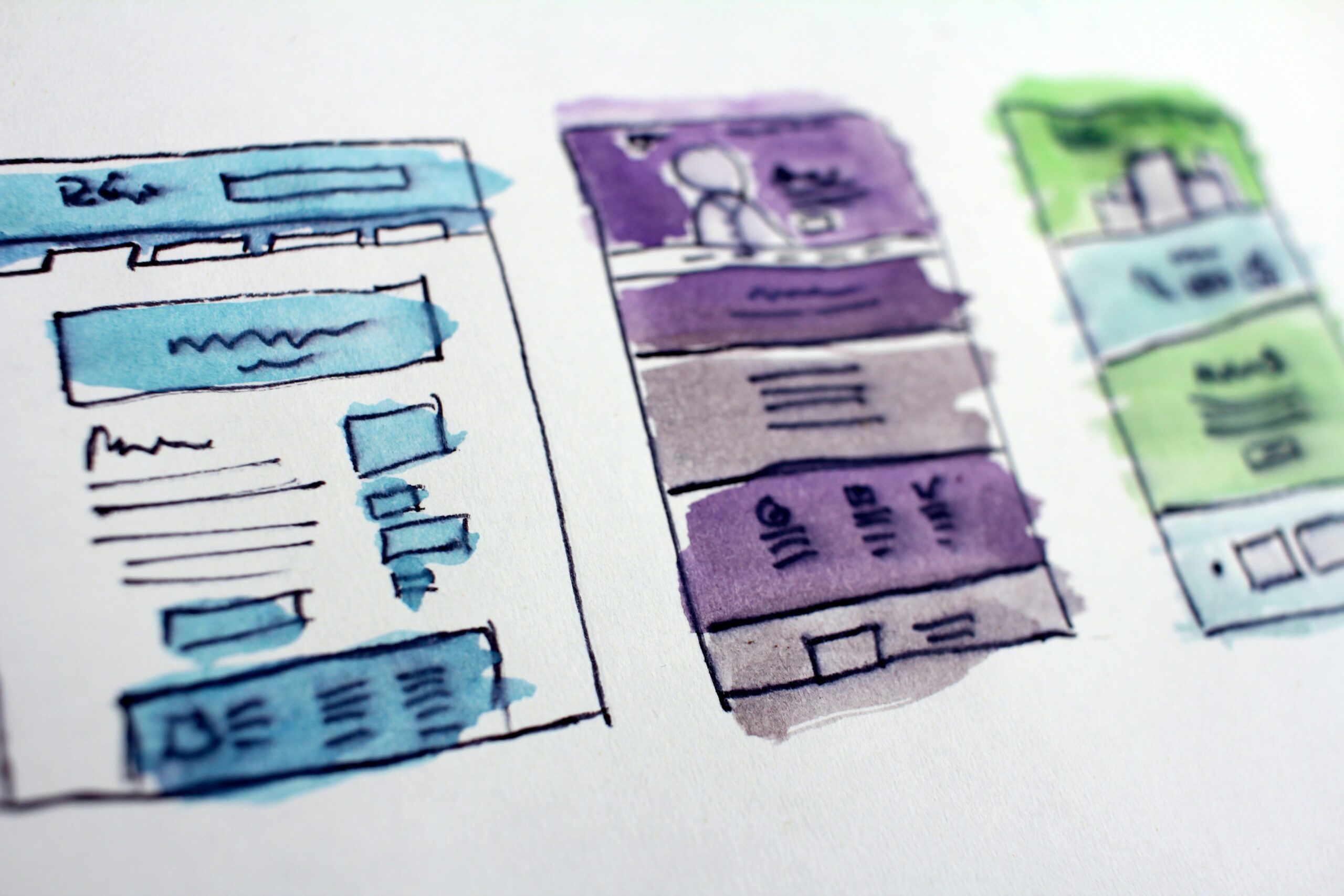88% of online consumers are less likely to return to a website after a bad experience, illustrating how UX is the linchpin for success across diverse sectors. This principle holds true for FEMA Grants Management Systems as well. The efficient administration of grants for disaster relief and emergency response necessitates an approach that is not only seamless and intuitive but also inherently user-centric.
Defining Good UX for Modern Users
“User experience (UX) focuses on having a deep understanding of users, what they need, what they value, their abilities, and also their limitations. It also takes into account the business goals and objectives of the group managing the project.” – Usability.gov
Good UX design prioritizes user-centered design principles, ensuring that the interface is intuitive, efficient, and accessible. It incorporates thorough user research, information architecture, and usability testing to create a seamless, logical flow of interactions, with a strong emphasis on visual hierarchy, readability, and responsiveness across various devices and platforms.
Additionally, effective UX design addresses user needs and expectations through clear, concise content, meaningful micro-interactions, and thoughtful error handling, all aimed at fostering positive user engagement and satisfaction.
Understanding the Role of UX in FEMA Grants Management Systems

User Experience (UX) within the context of FEMA Grants Management Systems pertains to the manner in which beneficiaries, applicants, and FEMA personnel engage with the digital platform. This interaction encompasses various facets, including but not limited to:
- Ease of Navigation: In the context of FEMA Grants Management Systems, the ease with which users can move through the digital platform is crucial. Beneficiaries, applicants, and FEMA personnel might come from varied backgrounds with different levels of digital literacy. Ensuring that they can effortlessly navigate the system means having intuitive layouts, clear headings, and straightforward pathways. This allows users to swiftly locate the sections they need, access essential resources, and complete their tasks without unnecessary delays or frustrations.
- Visual Appeal: Aesthetics play a significant role in the user’s overall experience. The design of the platform should not only be functional but also visually pleasing. This means using harmonious color schemes, well-chosen typography, and cohesive graphics. A visually appealing platform can create a positive impression, increase user engagement, and can also be indicative of the professionalism and attention to detail of the organization.
- Responsiveness: As users access digital platforms from an array of devices – from desktops to smartphones – it’s vital that the FEMA Grants Management System adapts seamlessly. Responsiveness ensures that, irrespective of the device or screen size, the content is displayed optimally. This reduces the need for excessive scrolling, zooming, or reorienting and ensures a consistent user experience across all devices.
- Effective User Needs Addressing: FEMA deals with a diverse audience, each with unique requirements and preferences. It’s crucial to conduct thorough user research, collecting insights about the distinct needs of beneficiaries, applicants, and FEMA personnel. By understanding these nuances, FEMA can create an experience that is not just generic but is tailored and relevant to its diverse user base. This might involve offering specialized resources, FAQs, or even personalized user dashboards.
- User-Centric Design Philosophy: A user-centric design approach means that every decision, from the initial wireframes to the final color choices, prioritizes the user. Instead of just adding features or elements because they are trendy, a user-centric mindset evaluates how each aspect will benefit or impact the end user. This involves regular user testing, collecting feedback, and iterating the design based on real-world usage. By keeping the user’s perspective at the forefront during every stage of development, FEMA ensures that its Grants Management System remains relevant, efficient, and user-friendly.
User-Centered Design: A Strategic Approach

As a strategic approach, one can look at commercial success stories with UX design through the lens of the users so that it is easy to understand pain points. 71% of individuals advocate for a product or service primarily due to having had an exceptional experience. Moreover, an impressive 65% of all consumers prioritize a positive interaction with a brand over impactful advertising when making their choices. By involving end-users from the start, FEMA can create a system that aligns precisely with actual user needs.
A study found that involving just five participants in usability testing can uncover about 85% of usability issues. For instance, understanding that disaster-stricken individuals are enduring extreme stress, FEMA can design interfaces with clear, concise language and straightforward steps. For niche programs like the Assistance to Firefighters Grant Program (AFGP), an applicant may be responsible for the safety, training, and overall effectiveness of their team, whether at a fire department, a non-affiliated emergency medical services (NAEMS) organization, or State Fire Training Academies (SFTA). Their motivations to apply would be entirely different, possibly including equipment and apparatus needs, training and professional development, safety and health, fire prevention and public education, financial constraints, or community service and protection.
An inclusive design ethos ensures that the FEMA Grants Management System remains usable by everyone, regardless of their abilities. Embracing an inclusive design ethos for the FEMA Grants Management System means not only adhering to federal accessibility guidelines but also ensuring that the system remains usable by everyone, regardless of their physical, cognitive, or sensory abilities. This commitment goes beyond mere compliance; it is about recognizing the full spectrum of human diversity and designing for all. Incorporating accessibility features, from screen reader compatibility to intuitive layouts for those with motor difficulties, not only fulfills legal mandates but has also been shown to offer remarkable returns in user satisfaction and engagement. By making these considerations a priority, FEMA ensures that they can provide truly inclusive services. This holistic approach benefits both the end-users, who experience a seamless interaction, and the organization itself, as it broadens its reach and reaffirms its dedication to serving all members of the community equitably.
Impact of Good UX on Operational Efficiency
An IBM survey of 23,000 executives observed a trend where C-Suite leaders tend to rely more on their personal experience and intuition rather than actively listening to customer feedback. It is known as the False Consensus Effect, where individuals overestimate the extent to which their own opinions match those of their customers, which has led to several corporate failures, and it will continue to have an influence unless leaders shift their processes to be customer-centric.
In line with this, a user-friendly FEMA Grants Management System not only simplifies processes and reduces user learning curves but also brings tangible benefits. According to a study by Forrester (available through a paid report), investing in user experience (UX) can yield an impressive return of up to $100 for every dollar spent. Efficient system navigation speeds up life-saving efforts and reduces harm, showing the humanitarian benefits of a good UX design.
Role of UX in Data Quality & Decision-Making
A thoughtfully crafted user experience wields a remarkable influence over the quality of data. Interfaces that are clear and forms that are intuitive serve to significantly diminish the likelihood of data entry errors. Companies need to address concerns that may seem minor, as companies lose 12% of their revenue due to poor data, showing the significance of data quality.
However, the trajectory toward a highly effective FEMA Grants Management System is an ongoing journey that extends beyond the initial design phase. Relying on disorganized legacy systems can result in inefficiencies, security flaws, and a delay in providing grant support. In response to these challenges, TechSur Solutions introduced a range of services to reshape grants management systems into user-centric solutions that align with FEMA’s strategic goals and always start with a well-thought-out design.
Future Trends and Conclusion
Future possibilities for enhancing UX within FEMA Grants Management Systems include integrating AI-driven chatbots for real-time assistance, utilizing virtual reality for immersive training, and adopting biometric authentication for heightened security. Gartner survey forecasts that by 2027, about 25% of organizations will employ virtual customer assistants or chatbots across various communication channels. Prioritizing user experience goes beyond luxury; it’s a necessity for FEMA Grants Management Systems. A well-crafted UX not only improves operational efficiency and data accuracy but also empowers users during critical times. By embracing user-centered design, accessibility, and iterative improvements, FEMA can build a system that genuinely embodies its mission and effectively serves its beneficiaries.

